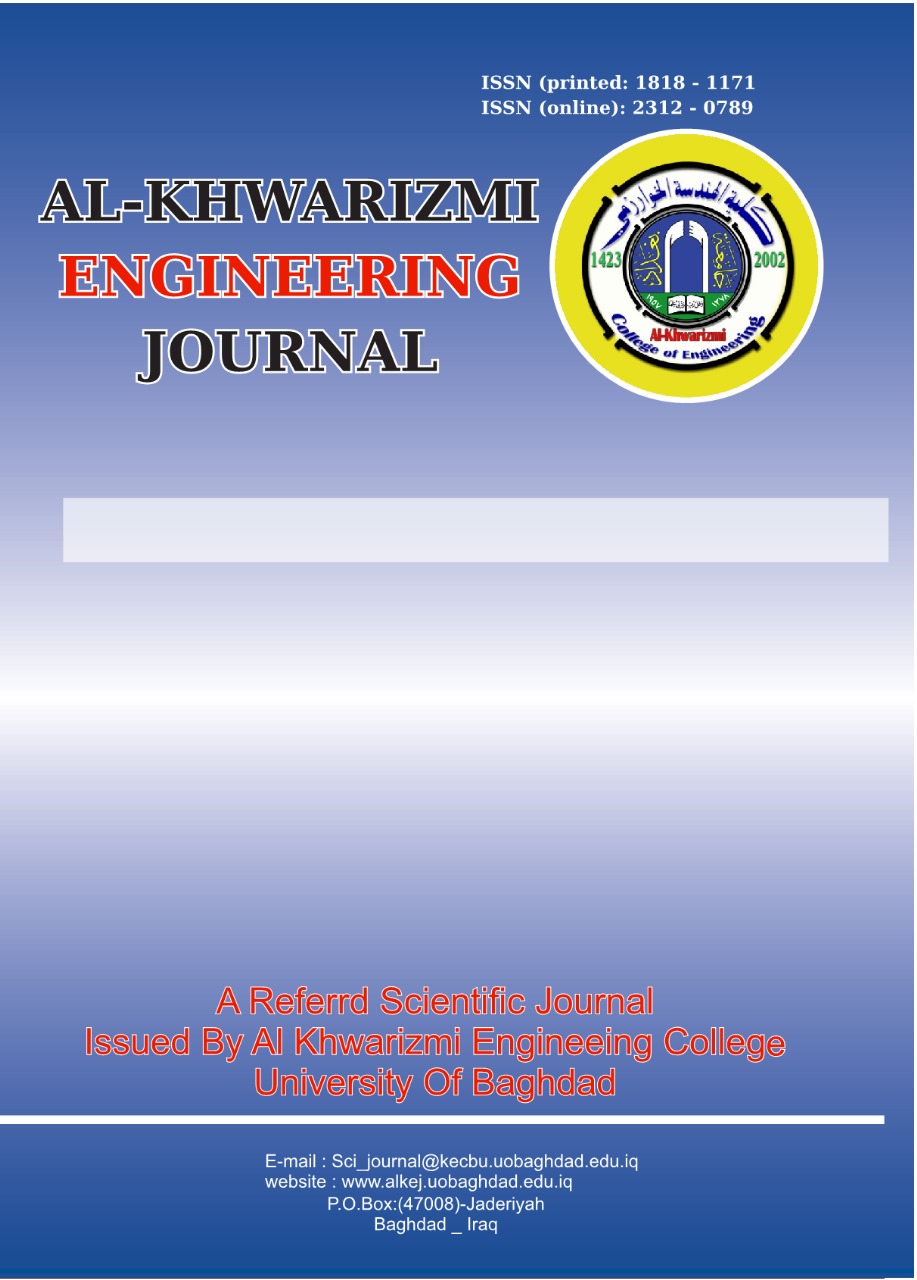Abstract
Products’ quality inspection is an important stage in every production route, in which the quality of the produced goods is estimated and compared with the desired specifications. With traditional inspection, the process rely on manual methods that generates various costs and large time consumption. On the contrary, today’s inspection systems that use modern techniques like computer vision, are more accurate and efficient. However, the amount of work needed to build a computer vision system based on classic techniques is relatively large, due to the issue of manually selecting and extracting features from digital images, which also produces labor costs for the system engineers. In this research, we present an adopted approach based on convolutional neural networks to design a system for quality inspection with high level of accuracy and low cost. The system is designed using transfer learning to transfer layers from a previously trained model and a fully connected neural network to classify the product’s condition into healthy or damaged. Helical gears were used as the inspected object and three cameras with differing resolutions were used to evaluate the system with colored and grayscale images. Experimental results showed high accuracy levels with colored images and even higher accuracies with grayscale images at every resolution, emphasizing the ability to build an inspection system at low costs, ease of construction and automatic extraction of image features.
Keywords
Backpropagation Algorithm
Computer vision
Convolutional Neural Networks
deep learning
Image classification
quality inspection
transfer learning.
Abstract
تعتبر مرحلة فحص جودة المنتجات من اهم المراحل في كل مسار إنتاجي، حيث يتم فيها تقدير جودة البضائع المنتجة ومقارنتها بالمواصفات القياسية المطلوبة. تحدد الأدوات المستخدمة في الفحص وكيفية إجراء الفحص مدى تعقيد النظام. تعتمد وسائل الفحص التقليدية على الطرق اليدوية التي تتطلب تكاليف مختلفة واستهلاكًا كبيرًا للوقت، على العكس من ذلك، فإن أنظمة الفحص الحالية التي تستخدم التقنيات الذكية الحديثة مثل رؤية الكمبيوتر، تكون أكثر دقة وكفاءة، ومع ذلك، فأن حجم العمل المطلوب لبناء نظام فحص تقليدي قائم على رؤية الكمبيوتر كبير جدًا، نظرًا لمشكلة اختيار واستخراج الخصائص يدويًا من الصور الرقمية، مما ينتج عنه أيضًا تكاليف العمالة لمهندسي النظام.
في هذا البحث، تم تقديم نهجًا متبنى يعتمد على الشبكات العصبية التلافيفية لتصميم نظام لفحص الجودة بمستوى عالٍ من الدقة وبتكلفة منخفضة. تم تصميم النظام باستخدام التعلم بالنقل لنقل الطبقات من نموذج تم تدريبه مسبقًا وشبكة عصبية متصلة بالكامل لتصنيف حالة المنتج إلى حالة صالحة أو تالفة. تم استخدام التروس الحلزونية كحالة دراسية وتم استخدام ثلاث كاميرات بدقة مختلفة لتقييم النظام. أظهرت النتائج التجريبية مستويات دقة عالية بتكاليف منخفضة واستخراج تلقائي للميزات.
في هذا البحث، تم تقديم نهجًا متبنى يعتمد على الشبكات العصبية التلافيفية لتصميم نظام لفحص الجودة بمستوى عالٍ من الدقة وبتكلفة منخفضة. تم تصميم النظام باستخدام التعلم بالنقل لنقل الطبقات من نموذج تم تدريبه مسبقًا وشبكة عصبية متصلة بالكامل لتصنيف حالة المنتج إلى حالة صالحة أو تالفة. تم استخدام التروس الحلزونية كحالة دراسية وتم استخدام ثلاث كاميرات بدقة مختلفة لتقييم النظام. أظهرت النتائج التجريبية مستويات دقة عالية بتكاليف منخفضة واستخراج تلقائي للميزات.
